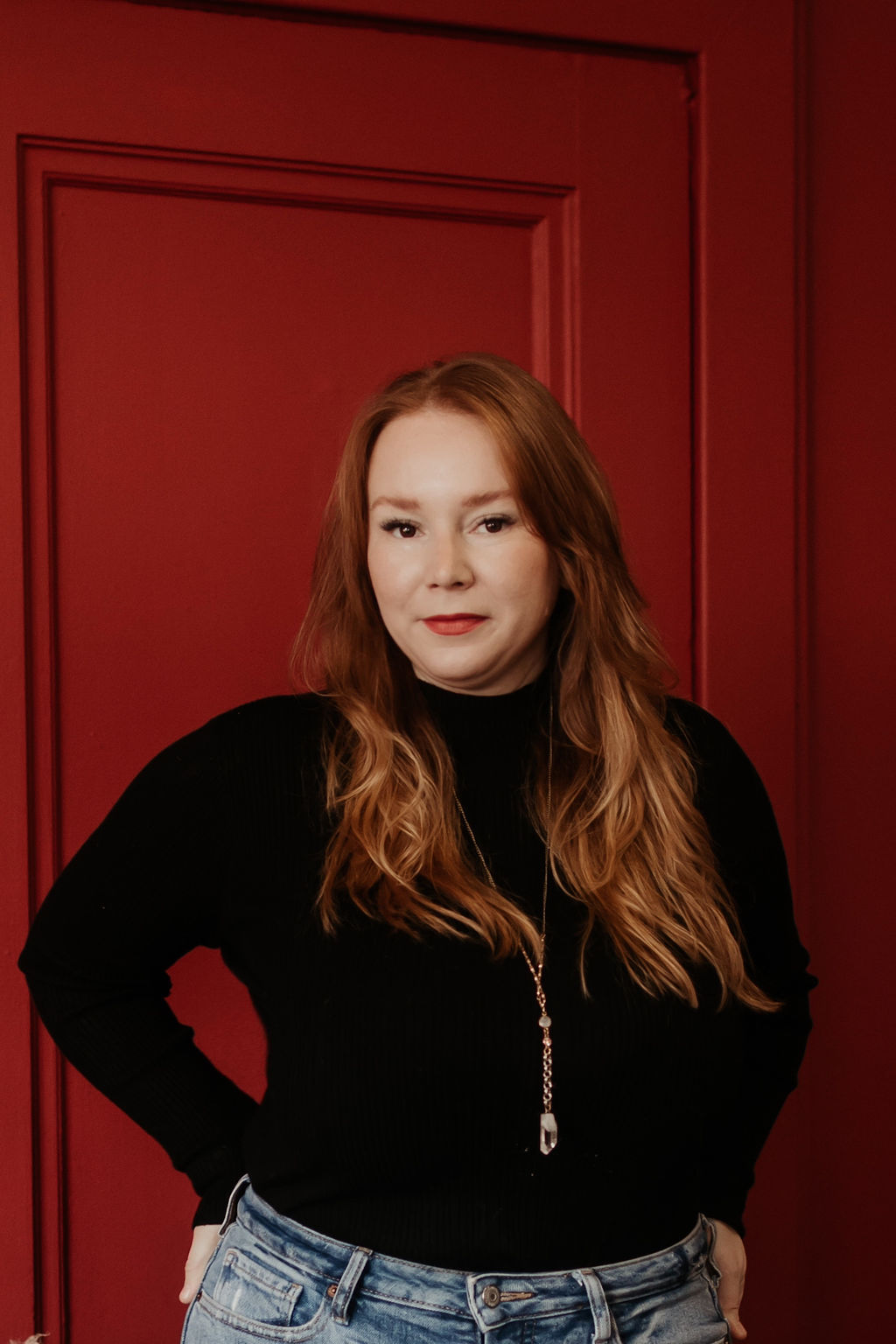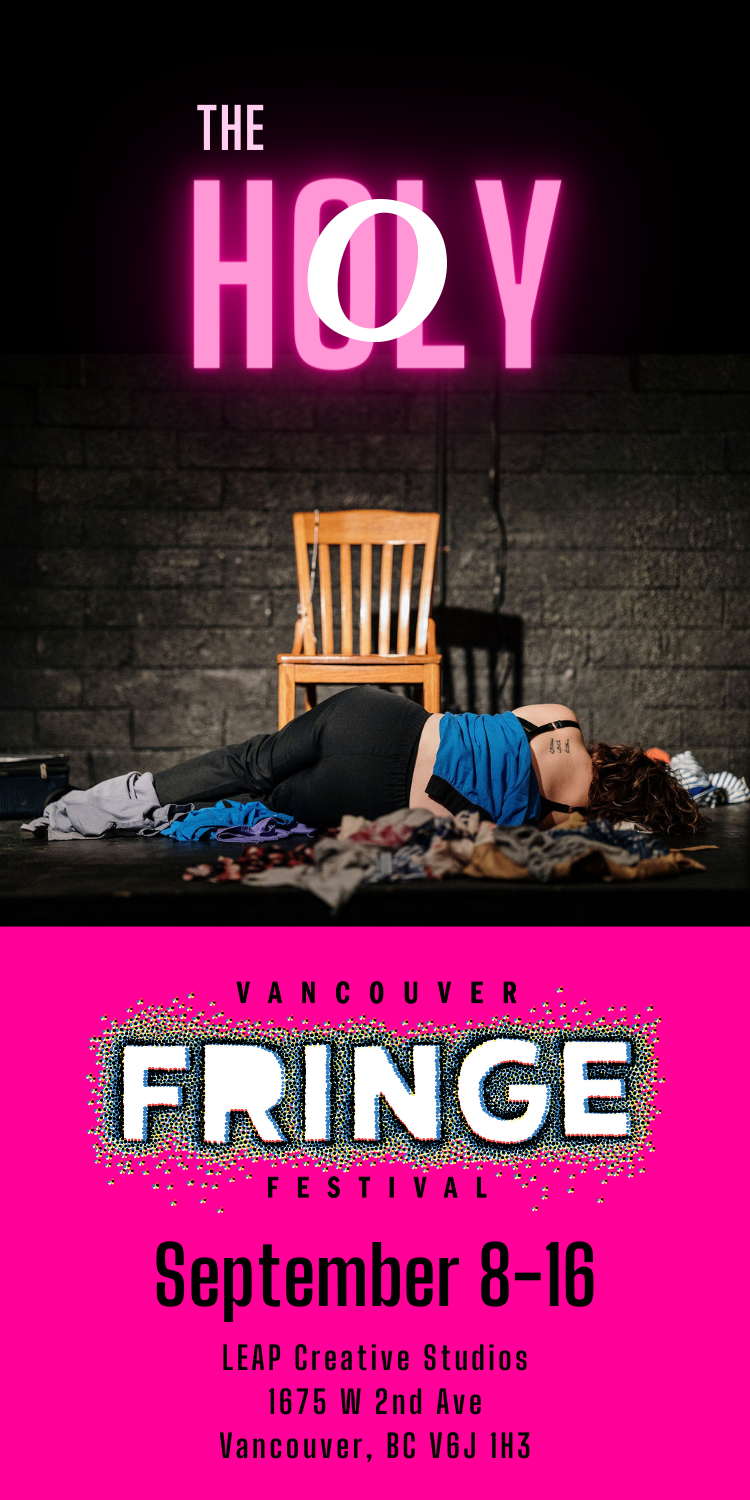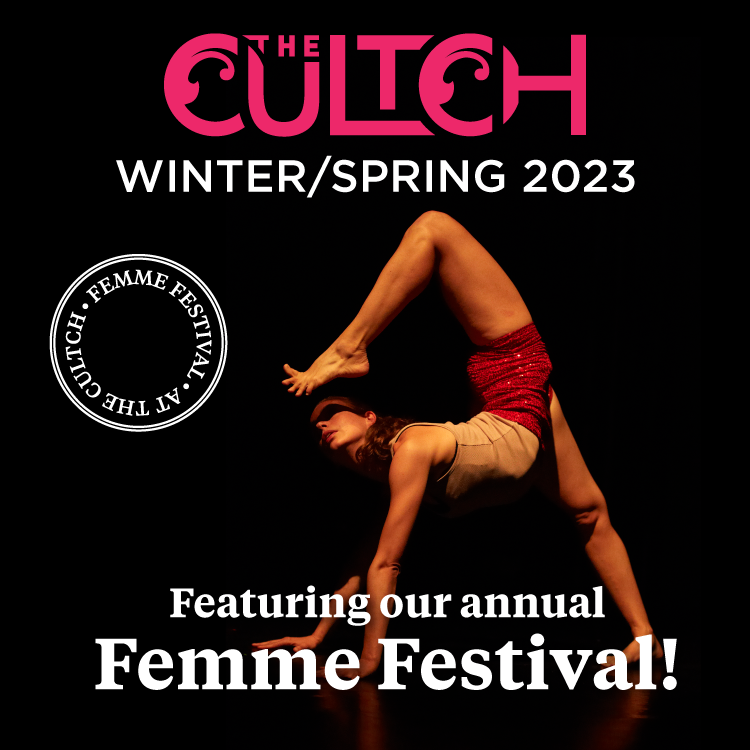Developed by Lauren Hance and Amelia Peterson, The Holy O makes its Vancouver Fringe Festival debut this Friday, September 8 at Leap Creative Studio. The play is a one-woman show that’s been described as “a cross between Fleabag and The Vagina Monologues,” that’ll feature playful audience interaction.
“It’s for audiences who are up for something playful, heartwarming, and experimental,” says Peterson, who is the director and developer.
We caught up with Hance, the Houston-based playwright and actress, on her upcoming solo comedy performance.
Loose Lips Mag: Tell us about the premise of The Holy O in one or two sentences.
Lauren Hance: The Holy O is an interactive dramedy centered around Vera, who is contemplating becoming a nun but does not consider celibacy one of her virtues. Her situation is complicated by the onset of rapturous prayers leading to the audience becoming saints who help her make the biggest decisions of her life, starting with what shirt to wear.
LL: The inception story about this one-woman show came three different revelations or events in your life. Can you tell us more about that?
LH: The first revelation came when I started having panic attacks before sex with my husband. After some initial counseling sessions, I realized that I had an incredibly distorted view of sex and sexuality due to the purity culture environment in which I was raised. As I started discovering my own sexuality, I began to see how deeply connected sexuality is to my personhood and my spirituality.
The second revelation came when I learned about St. Theresa of Avila, the Patron Saint of Spain. Theresa would have bodily reactions, or raptures, during extended times of prayer, and I found this very interesting. Whether the raptures were orgasmic or not, though I tend to think they were, I found it incredibly fascinating that one’s body could respond in such a way while connecting on such a deep level with God. And given the recent discovery of my sexuality, I was curious to explore the concept more.
While I was sorting through my sexual dysfunction and fascination with St. Theresa, I began a master’s in Theology, Arts, and Culture. The program allowed me to create a thesis project within my artistic discipline, and I knew I had to create something concerning the connection between body, spirit, and sexuality. During the creative process, I often find myself having conversations with my characters, and Vera began telling me her story. I also knew that The Holy O needed to include stories from other women. When I started sharing my story and the play concept, I found women longing to share their private struggles and connecting with mine. By the end of my three-year program, I had the first version of The Holy O.
LL: So what made you want to bring this to the stage?
LH: I had entertained the idea of making a short film, but I knew this story needed to be presented in person. Theatre is an engaging event because it is a shared experience between the performers and the audience in a specific place and given time. The Holy O takes this shared experience and builds on it by involving the audience in the story, thus creating a space where people feel connected to the character and, ultimately, each other. You can’t get that kind of experience through many other forms of entertainment. And as the human race is crawling out of the impacts of the pandemic, there is this longing to connect with other humans in tangible ways. I love working with the audience for each performance and experiencing something different and special each night. The best part is when I have the opportunity to connect with audience members after the show, and they share with me how the show impacted them. Fringe festivals are perfect for a piece like this because they focus on unique experiences and connections.
LL: You say “The Holy O strives to work with women and mothers, providing unique opportunities for individuals to excel amidst all aspects of life.” Can you elucidate on your own journey with this? How do you think audiences will connect with this?
The Holy O was created and developed by two mothers, myself and Amelia Peterson. While the show does not directly address motherhood, it does address many nuanced issues women face concerning their bodies, sexuality, and spirituality. Mothers, particularly mothers of younger children, can often lose themselves in motherhood. Many women take years away from work or struggle to balance a career and parenting. The Holy O creates a space to acknowledge some of the more private parts of our lives that can get ignored when the business of life takes over.
Amelia and I were intentional during the creation of The Holy O to work with motherhood rather than working against it. This perspective meant that our process was a little longer, our production meetings involved carpool and nursing, and it meant trusting each other to get the job done when we could not function in traditional production flows. I hope this show encourages women and mothers to invest in their goals outside of motherhood and embrace the non-traditional paths to making dream projects a reality.
LL: What can audiences leave with after seeing The Holy O? Crowd participation, lots of laughs, lightheartedness, shock?
LH: One of my guiding mottos as a creative is, “Make ’em laugh, make ’em cry.” Laughter and tears unite people on an emotional and tangible level. While I don’t set out to force anyone to laugh or cry, I try to create a story that explores those feelings and everything in between. One of my biggest goals for The Holy O is for audience members to walk away feeling less alone. I hope they see themselves in Vera or one of the many stories told throughout the show. I want audiences to connect back to themselves and to the spiritual realm. And in the end, I want people to feel seen, known, and loved. It may be asking a lot of audiences to invest so heavily in a performance, but for those who are brave enough to enter the space, I think they will be pleasantly surprised.
The Holy O is on at the Vancouver Fringe Festival from September 8-16. Find tickets here.




